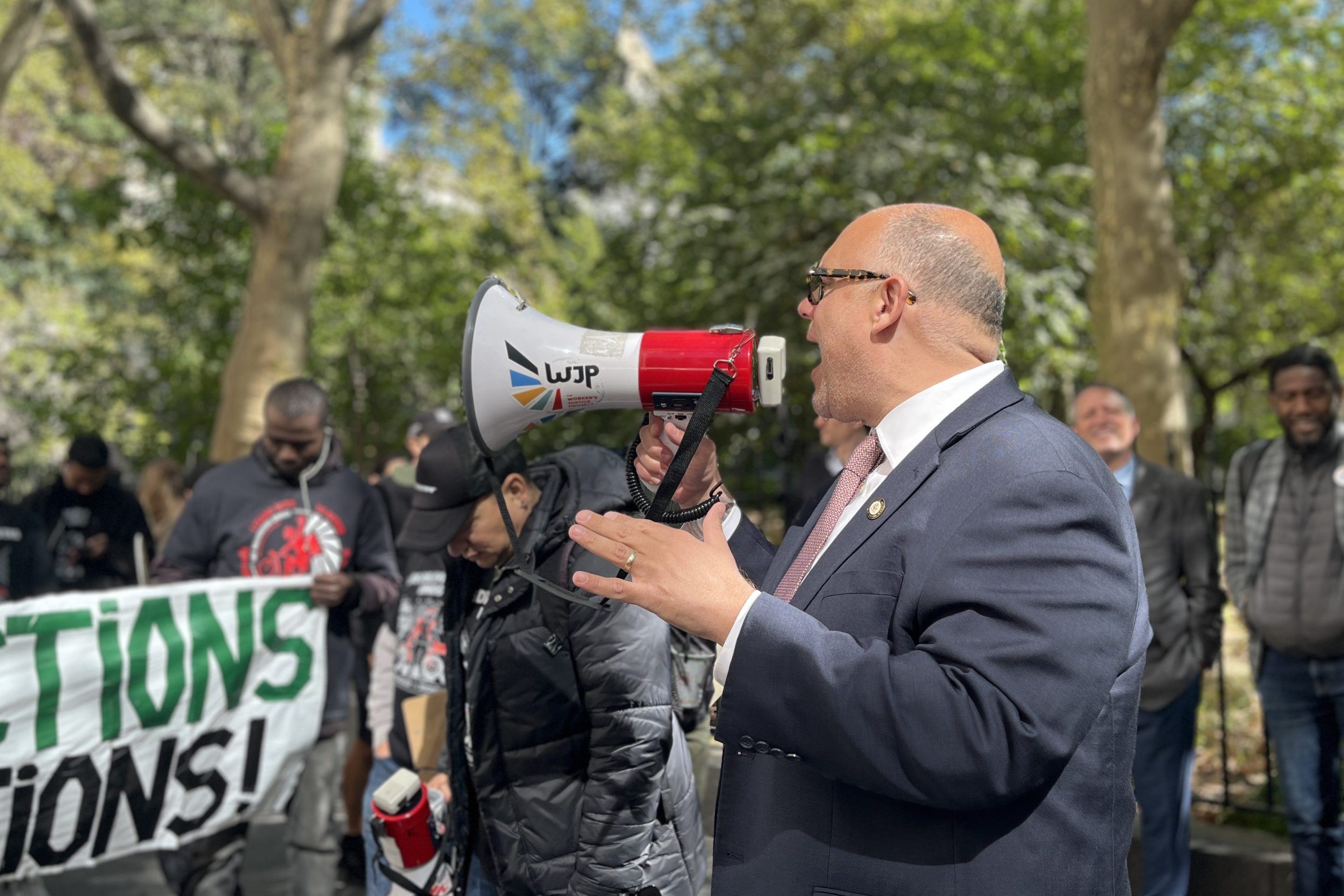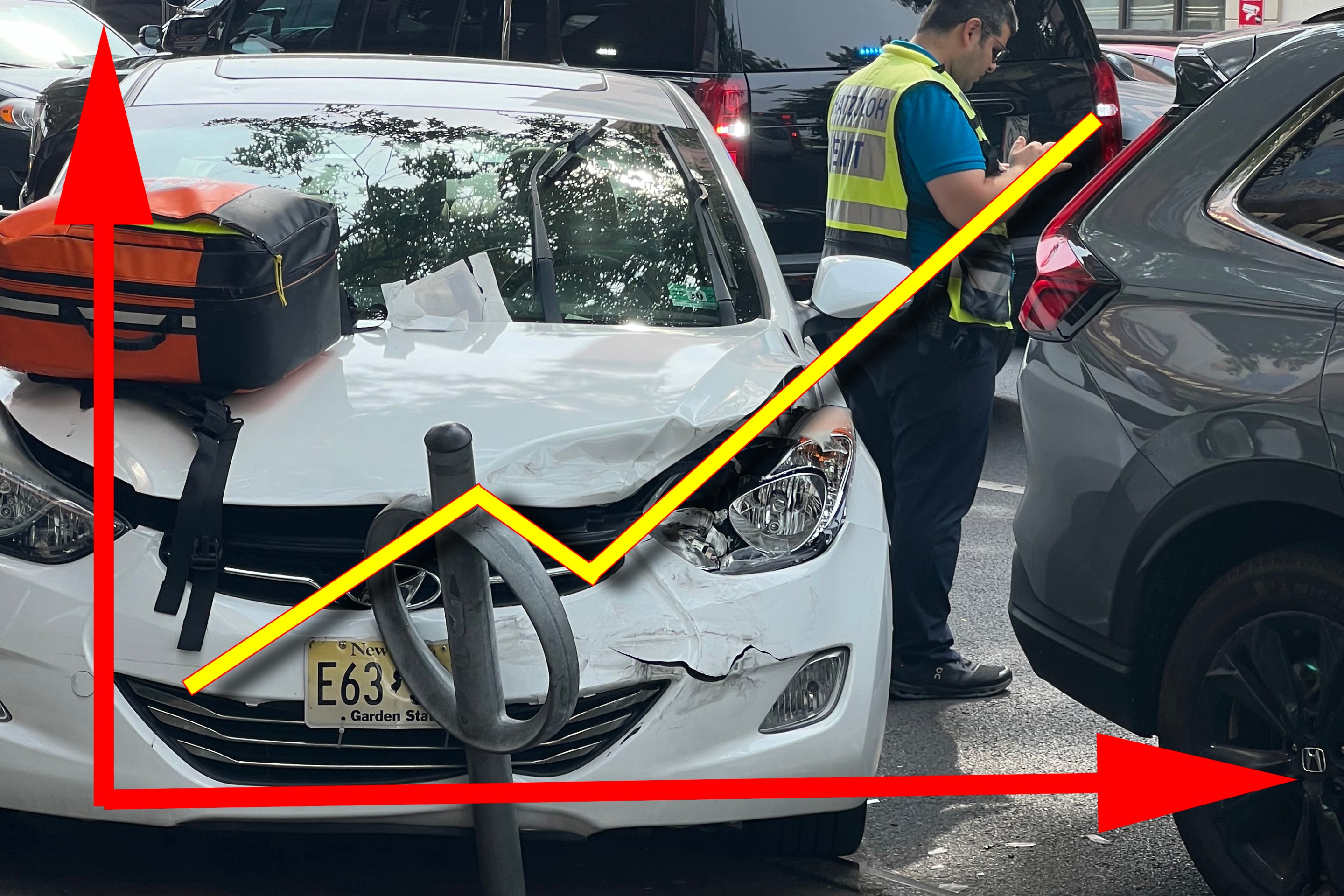This year’s Rail~volution conference — the annual gathering of livability advocates, urban sustainability coordinators, and transit agency officials – kicked off today with remarks by Chris Leinberger of the Brookings Institution and Manuel Pastor, who teaches demographics and ethnicity at the University of Southern California.
 Is this the new image of walkable urbanism? Photo: WekeRoad
Is this the new image of walkable urbanism? Photo: WekeRoadLeinberger noted that Hollywood does more consumer research than anyone else, and it portrays what audiences aspire to. So, we can see in the difference between TV shows of past decades and current shows the evolution of tastes in the U.S. Where we had I Love Lucy, Dick Van Dyke, and The Brady Bunch, all set in the suburbs, we now have Seinfeld, Friends, and Sex in the City – all set in cities.
Indeed, Leinberger often talks about the increased demand for urbanism, especially among young people, but he also noted the downsizing trend as baby boomers move out of big houses to smaller spaces in more walkable, urban neighborhoods. And he credited the trend of people having fewer children with the expansion of the demand for walkable urbanism: Only 25 percent of households have children now, as opposed to 50 percent in the 1950s. Singles and couples without children are the “target market” for walkable urbanism, he said, and that constituency is only growing.
At the same time, Manuel Pastor argued that the main catalysts of walkable urbanism in the future are going to be the people with the highest fertility rate in the nation, having the most children: Latinos. (Latina women have an average of three children each, while each white woman has an average of 2.1.)
Pastor said the age gap between whites and “non-white Hispanics” (Latinos) – the median age among whites is 41; among Latinos it’s 27 – is causing significant tension. The state with the largest age gap between whites and Latinos is Arizona, which notoriously passed (what was then) the country’s most repressive anti-immigrant law last year. The gap is also responsible for low levels of per capita spending on education, since older whites “don’t see themselves” in the younger generation using the schools. And good urban schools are key to keeping families in cities as their children grow up.
Even with their big families and many children, Latinos prefer to live in cities, Pastor said. New arrivals, especially, disproportionately use transit. The walkable urbanism in immigrant neighborhoods is characterized by “taquerías, not cappuccino bars,” Pastor said. Latinos simply don’t follow the same trends as white Americans when it comes to suburban flight when kids come into the picture.





